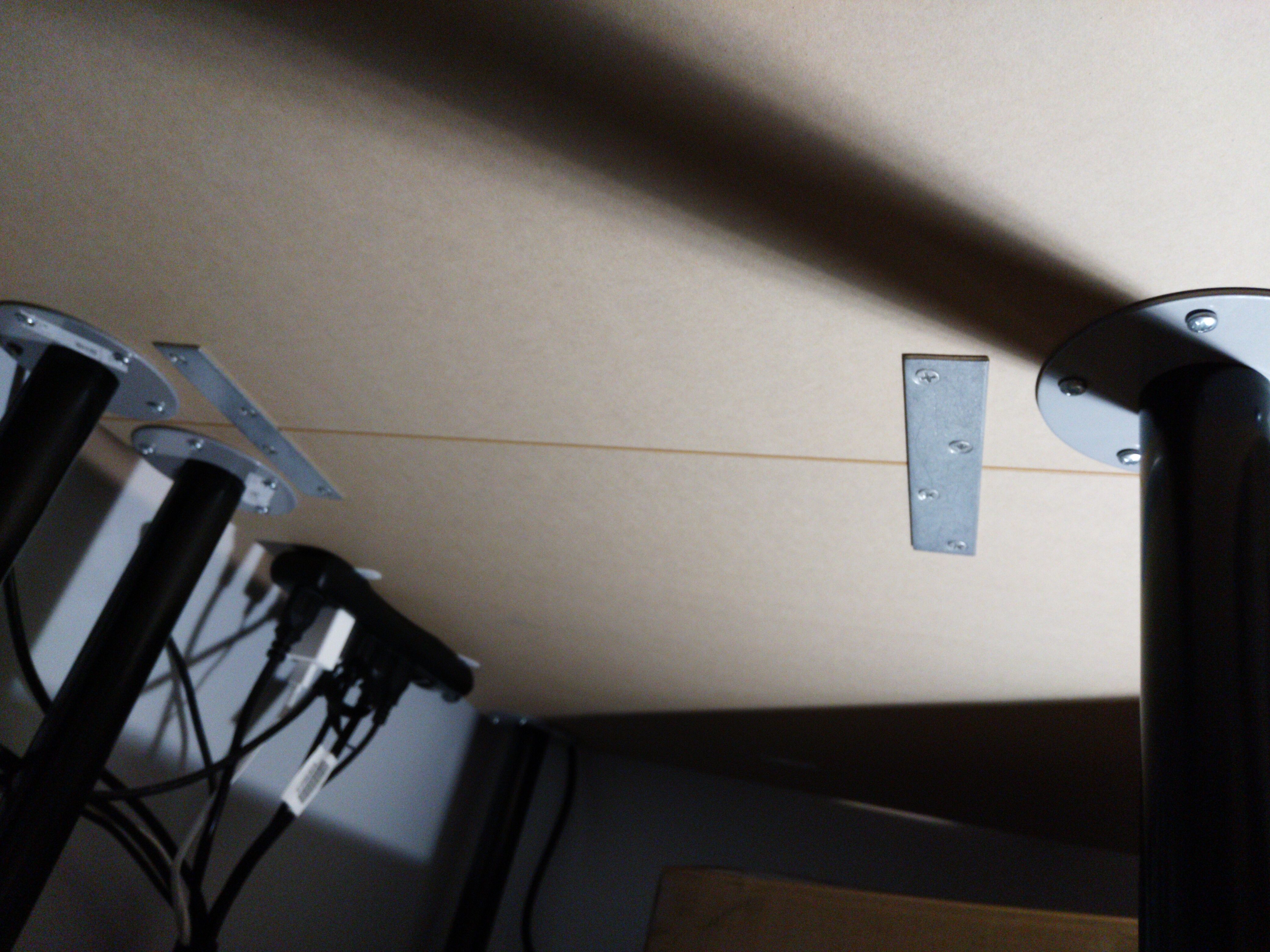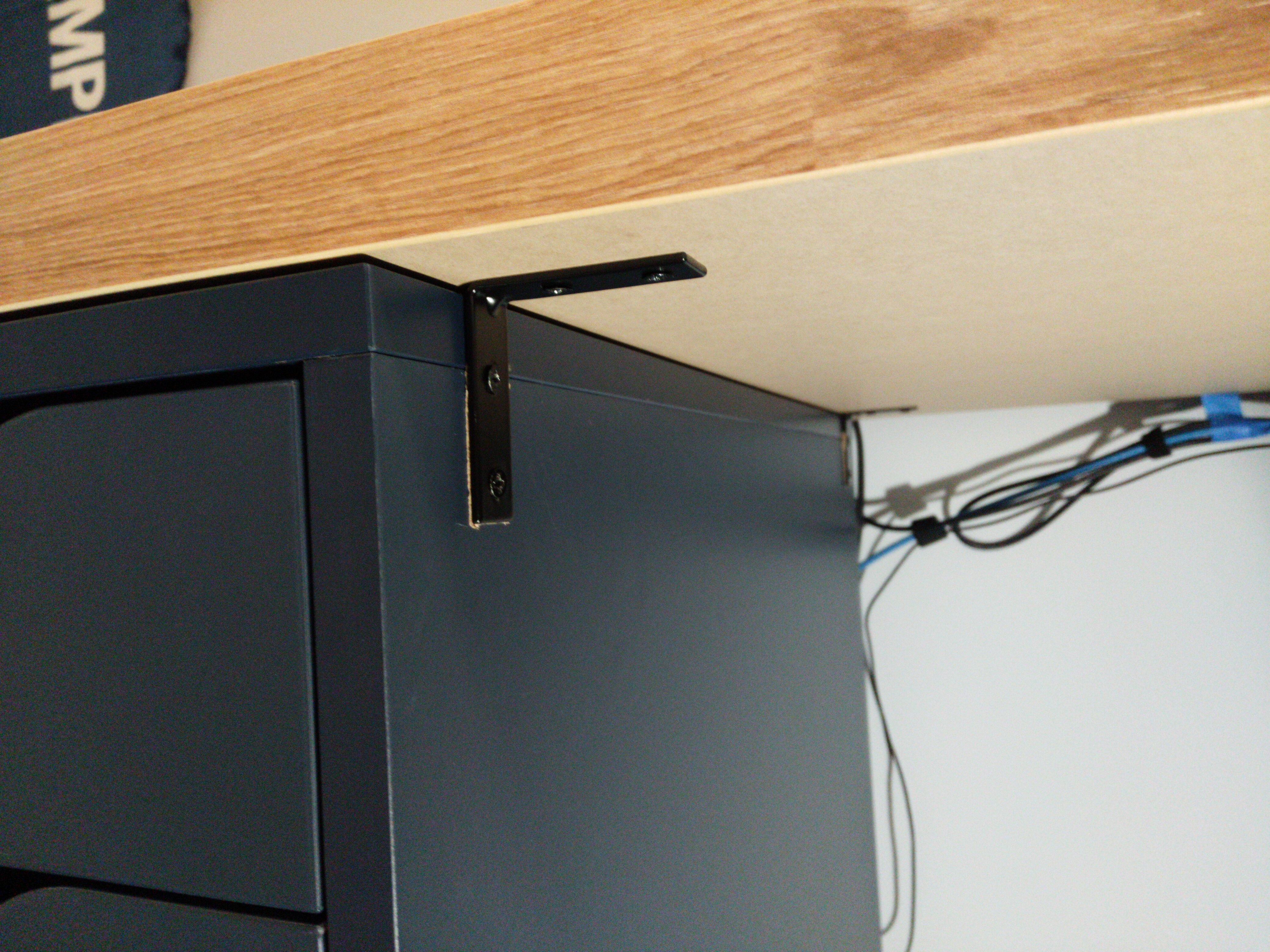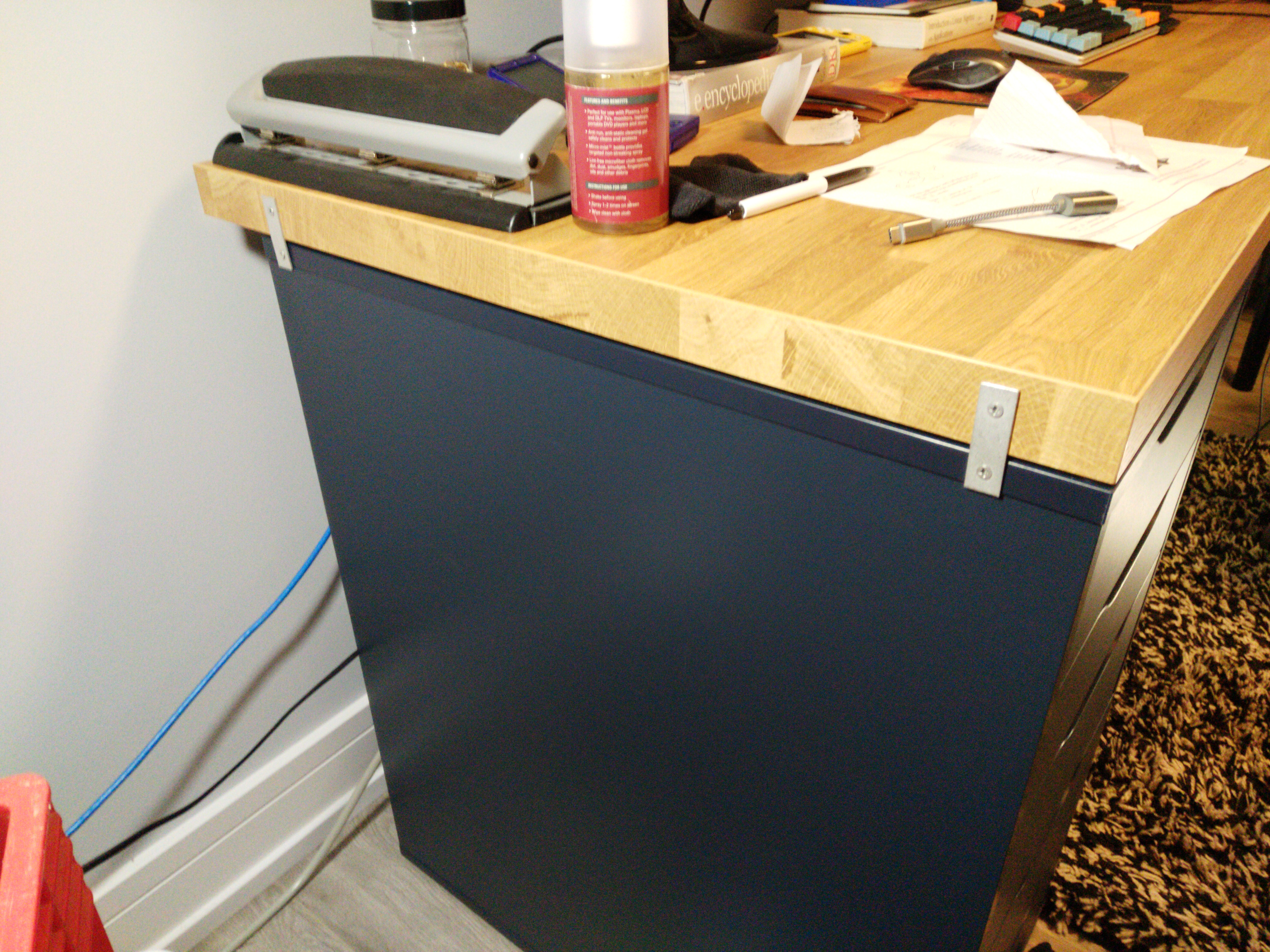Manually Replacing Files in Browser Cache
One of the core features of WildRank is that the app should be fully offline compatible. A problem I discovered while using version 1 at the various competitions this year is how do you update an out of date installation while offline?
Offline PWAs use CacheStorage to add new files to the browser's cache when they are fetched using function add(), addAll(), and put(). These functions normally take a URL and or a Response to cache away an actual response from the web server. But this is not possible if the application is offline and the server is not present.
WildRank imports app offline updates via a zip archive. When opened the files in the zip are represented as a Blob which are effectively JS representations of files. Luckily, a Response can be manually constructed around a Blob. But the Blob alone won't tell the browser enough about the file to pull it from the cache. Headers, just like those returned in a GET request, must also be present to describe the file. Content-Type, containing the mime-type of the file, and Content-Length containing the length in bytes of the file, must be in the header. Here is the completed example:
let cache = await caches.open('cache_name')
let content = new Blob()
let headers = new Headers()
headers.append('Content-Type', 'application/javascript')
headers.append('Content-Length', content.size)
let res = new Response(content, { statusText: 'OK', headers: headers })
cache.put(new URL('https://url/path/to/file'), res)
The WildRank implementation can be found here.
About Wireguard Configs and My Config Generation Script
I've for quite a while now used Wireguard to configure, but generally I used someone else's work to generate myself a config. But I wanted to know how it actually works and take advantage of some of the more advanced features of Wireguard. So I learned a lot, built a script, and am going to share it with you.
Our Model
There are many different ways to configure a Wireguard network, but here I will focus on a single client-server style model. In this model there is one client where the host has an open port and N clients. The clients connect to the "server" and route specified traffic through it.Configuration
The easiest way to configure Wireguard (in my opinion) is to create a config file at/etc/wireguard/wg0.conf. Then once configured the Wireguard interface can be brought up/down with wg-quick up/down wg0. I believe any name can be used for the config here, but wg0 is the default name of sorts. These configuration files have two sections,
[Interface] and [Peer]s. The interface section describes the Wireguard interface on the host. This always includes its address and private key. In the case of a server it includes a port and in the case of a client it includes a DNS address. [Interface] Address = 192.168.1.1 ListenPort = 51820
PrivateKey = SERVER_PRIVATE_KEY=
[Peer]
PublicKey = CLIENT_PUBLIC_KEY=
AllowedIPs = 192.168.1.2/32 Peers on the other hand describe other Wireguard clients networked with the host. These always include a public key and allowed IPs (IPs that are routed to that peer). For clients there will also be an end point to route traffic through. This IP address could be an external or internal IP, depending on if the client is on the same network or not.
[Interface]
Address = 192.168.7.2
PrivateKey = CLIENT_PRIVATE_KEY=
DNS = 1.1.1.1
[Peer]
PublicKey = SERVER_PUBLIC_KEY=
EndPoint = SERVER_ADDRESS:51820
AllowedIPs = 0.0.0.0/0 Allowed IPs
As mentioned before, all peer sections should define a set of allowed IPs. This value is a comma-separated list of IPs which traffic destined for should be routed through this peer. For example, generally on the host side there is one peer per client and a single allowed IP for each, representing the IP address of the client. This means that only traffic destined for the client is routed to the client. On the client side generally a range of IPs is routed back to the server. Here the allowed IP could be a range just representing the Wireguard subnet (like192.168.1.0/24) or representing all traffic (like 0.0.0.0/0). Communicating with Peers on Clients' Other Interfaces
The beauty of Wireguard is that you only need the single host open to the internet to route just about any traffic around. For example, if you have the server on one network "A" and a client on another network "B" Wireguard can be configured to route traffic destined for other (not connected to Wireguard) devices on B from anywhere on the Wireguard network. First, on the server side add the B network subnet (like192.168.2.0/24) to the allowed IPs list for the peer representing the Wireguard client on that network. Then, on the client side add post up and post down iptables commands to the interface section using the interface connected to network B. PostUp = iptables -A FORWARD -i %i -j ACCEPT; iptables -A FORWARD -o %i -j ACCEPT; iptables -t nat -A POSTROUTING -o [B_INTERFACE] -j MASQUERADE
PostDown = iptables -D FORWARD -i %i -j ACCEPT; iptables -D FORWARD -o %i -j ACCEPT; iptables -t nat -D POSTROUTING -o [B_INTERFACE] -j MASQUERADE I don't fully understand these commands but from my understanding when the Wireguard interface is brought up/down route all incoming traffic on the Wireguard interface through to B_INTERFACE.
Preshared Keys
For additional security a preshared key can be generated and shared between a single pair of peers. In this configuration a key is shared between the peer sections of the server and each respective client.PresharedKey = PRESHARED_KEY= Generating Public/Private and Preshared Keys
A private and public key will need to be generated for each peer on the Wireguard network. First, the private key is generated with the following.(umask 0077; wg genkey > NAME.key) Then, the public key is generated using the private key.
wg pubkey < NAME.key > NAME.pub These commands will each create a file containing the string used for the keys in the config file. Preshared keys are generated using the same command as private keys, but no corresponding key is needed.
(umask 0077; wg genpsk > NAME.psk) Generating a QR Code of Configuration File
The easiest way to move a config file to a mobile client is with a QR code.qrencode -t ansiutf8 -r NAME.conf The Script
As alluded to, I put this knowledge I learned into - what I consider - a convienent script. The script can be found here. First, the script has a range of constants that should be defined before use. Some of these constants can be overriden with parameters but the intended use case is having a static script in a directory containing all configuration files. This way new configuration for additional peers can be quickly generated without remembering every parameter used. Once parameters are processed, the script generates a private, public, and shared key. Then it looks for a server config file, if that does not exist a new one is generated. Next the script counts existing config files to determine the IP address of the new peer. The new client's config file is generated, then the peer is added to the server's config file. Finally, a QR code is generated.Do Cows or Coal Contribute More to Wisconsin's Greenhouse Gas Emissions?
I was talking to a friend about Wisconsin, their insistence on coal-fired power plants, and how great dairy is when I wondered which produces more CO2, Wisconsin's cows or power plants? So I decided to do the math. Now, I must note that these numbers may not be perfect, only some brief research was included. Never-the-less, here is the math.
Numbers of Cows
1.26 m dairy cows
0.31 m beef cows
Carbon Impact of Cows by Protein
9 g CO2-Ceq per g protein dairy
62 g CO2-Ceq per g protein beef
Output of a Cow
2300 gal milk per cow per year
430 pounds beef per cow
Protein of Cow Outputs
128 g protein per gallon milk
~100 g protein per pound beef
Protein in Output of One Cow
294400 g protein of milk per cow per year
43000 g protein of beef per cow per year
Carbon Impact of Cow
2.649 m g CO2-Ceq per dairy cow per year
2.666 m g CO2-Ceq per beef cow
Carbon Impact of Wisconsin Cows
3.338 t g CO2-Ceq by dairy cows in Wisconsin per year
0.826 t g CO2-Ceq by beef cows in Wisconsin
4.165 t g CO2-Ceq by cows in Wisconsin
9.182 b lbs CO2 generated by cows in Wisconsin
Wisconsin Coal Production
2.241 m MWh electricity generated by coal in Wisconsin
2.241 b kWh electricity generated by coal in Wisconsin
Carbon Impact of Coal
2.21 lbs CO2 per kWh coal electricity
4.953 b lbs CO2 generated by coal in Wisconsin
1.854x more CO2 generated by cows than coal in Wisconsin
First, it was reaffirming that the carbon impact of a cow ended up being nearly the same whether the cow was used for dairy or beef production. I was impressed that the two ended up on the same order of magnitude and even more impressed that I was right.
Sources:
Building an Actually Good Ikea Desk
If you browse r/battlestations you'll see tons of examples of Ikea desks, consisting of some kind of Ikea countertop and an Alex drawer or two. I wanted a large desk and nothing I could find sufficed so once all the parts were back in stock I went to Ikea and bought what I would need.
I assembled the desks in an L configuration with Alex drawers on each end and 2 legs opposite of the drawers and 1 more in the middle of each desk. I was hesitant about the laminate countertops but the finish is very convincing and they are very solid. They are definitely worth the steep discount. The drawers are fine, the paint gets scuffed very easily and the rubber feet provided to let the counter sit on aren't the best solution. Otherwise, they are very stylish and perfectly functional. I was nervous about the height of the desk but it turned out perfect. The legs were more supportive than I expected and the adjustable feet are a nice touch. But even with the feet I found it hard to keep the whole desk as stable as I would have liked. The desks would get a little crooked with the drawers and each other in the L. Also one of the desks appeared to be a little warped, only sitting on one side of the drawers. To improve this I went to Home Depot and bought a few more parts. To improve the stability between the desks I got 2 large mending plates and screwed them below the desks. This accomplished most of the goals, making it much harder to move the desks by combining their masses.
To improve the stability between the desks I got 2 large mending plates and screwed them below the desks. This accomplished most of the goals, making it much harder to move the desks by combining their masses.  To prevent the desks from coming unaligned with the drawers I used the corner braces to mount the drawers to the undersides of the desks. Just 2 braces were enough to hold everything in place. Additionally, small mending plates could be used to add even more security, but I found them unnecessary for that purpose.
To prevent the desks from coming unaligned with the drawers I used the corner braces to mount the drawers to the undersides of the desks. Just 2 braces were enough to hold everything in place. Additionally, small mending plates could be used to add even more security, but I found them unnecessary for that purpose.  Finally, I used the smaller straps to straighten out my warped countertop. I screwed them to the outside of the drawers and countertop, while someone pushed down on the countertop. This completely removed the warp from the countertop. There was a slight warp on the other desk but I determined it wasn't necessary.
Finally, I used the smaller straps to straighten out my warped countertop. I screwed them to the outside of the drawers and countertop, while someone pushed down on the countertop. This completely removed the warp from the countertop. There was a slight warp on the other desk but I determined it wasn't necessary. This desk worked out even better than expected. Unlike what I had read online, the weight of the countertops did not provide the stability I desired. But once I made the improvements, the desk was incredibly stable and I would highly recommend this method to anyone doing the same.

Reloading Imports in Python
I've been having a problem at work lately, and elsewhere for a while. When running Jupyter notebooks with large amounts of data, sometimes I am debugging both the notebook and a local import it is using. The problem that arrises is when a local import changes, simply re-running the import statement is not effective, the kernel must be restarted. The main problem with this is many of these notebooks take hours to catch back up to where the bug was found, so restarting the kernel is not ideal. Fortunately, I finally Googled my issue and found a simple solution.
from importlib import reload
reload(import_object)
Once the reload function is called, the latest version of the import should be loaded in.